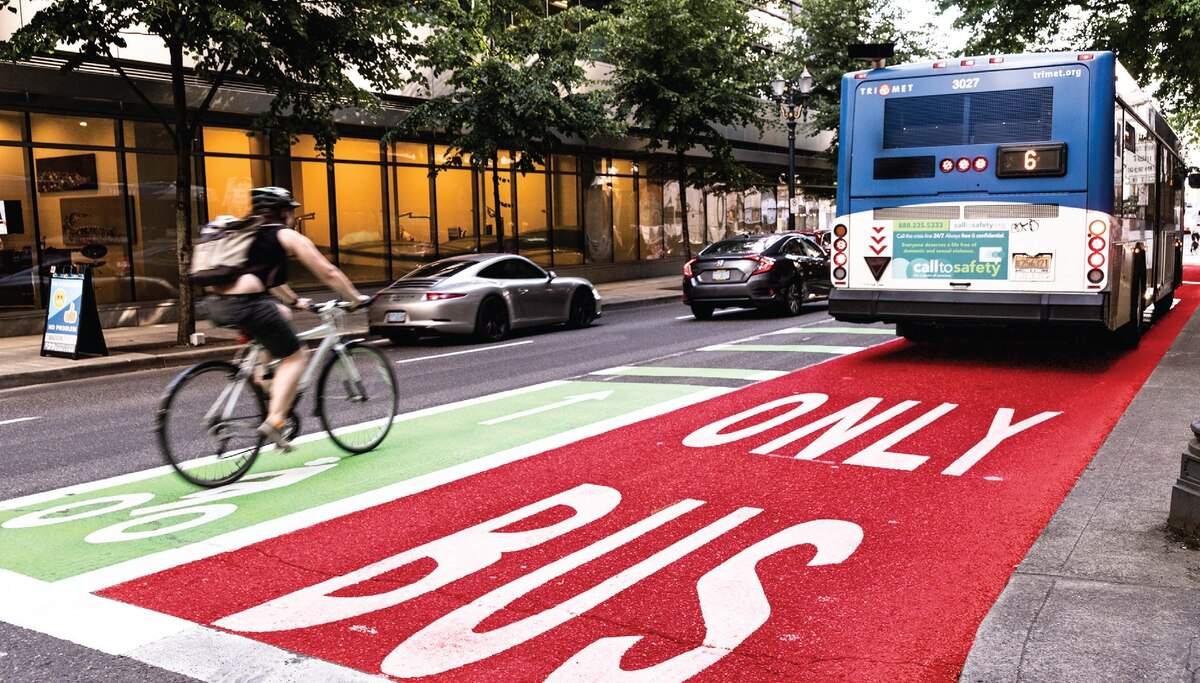 The following was crossposted from Smart Growth America’s coalition partner, New Jersey Future.
The following was crossposted from Smart Growth America’s coalition partner, New Jersey Future.
A 2008 survey found that 77 percent of Millennials – the generation of 20-somethings – want to live where they are “close to each other, to services, to places to meet, and to work, and they would rather walk than drive.”
New Jersey, with its extensive rail transit network and “streetcar suburbs” with pedestrian-friendly downtowns that surround many of their stations, is well poised to take advantage of the rise in demand for this walkable urbanism.
The New Divide: Walkable vs. Drivable
New Jersey is an anomaly among the 50 states in that it is highly urbanized yet lacks a major center city to claim as its own. The state’s home-grown urban centers all live in the shadows of their much larger neighbors, New York and Philadelphia. In fact, New Jersey is widely perceived as consisting mainly of suburbs serving these two cities, even if many of its small towns do not fit the low-density, single-use stereotype of a “suburb.” The distinction, however, between city and suburb as the defining paradigm for describing the built environment is giving way to a new dichotomy: walkable urbanism versus drivable sub-urbanism. New Jersey is well positioned to take advantage of this change.

 The following was crossposted from Smart Growth America’s coalition partner,
The following was crossposted from Smart Growth America’s coalition partner,